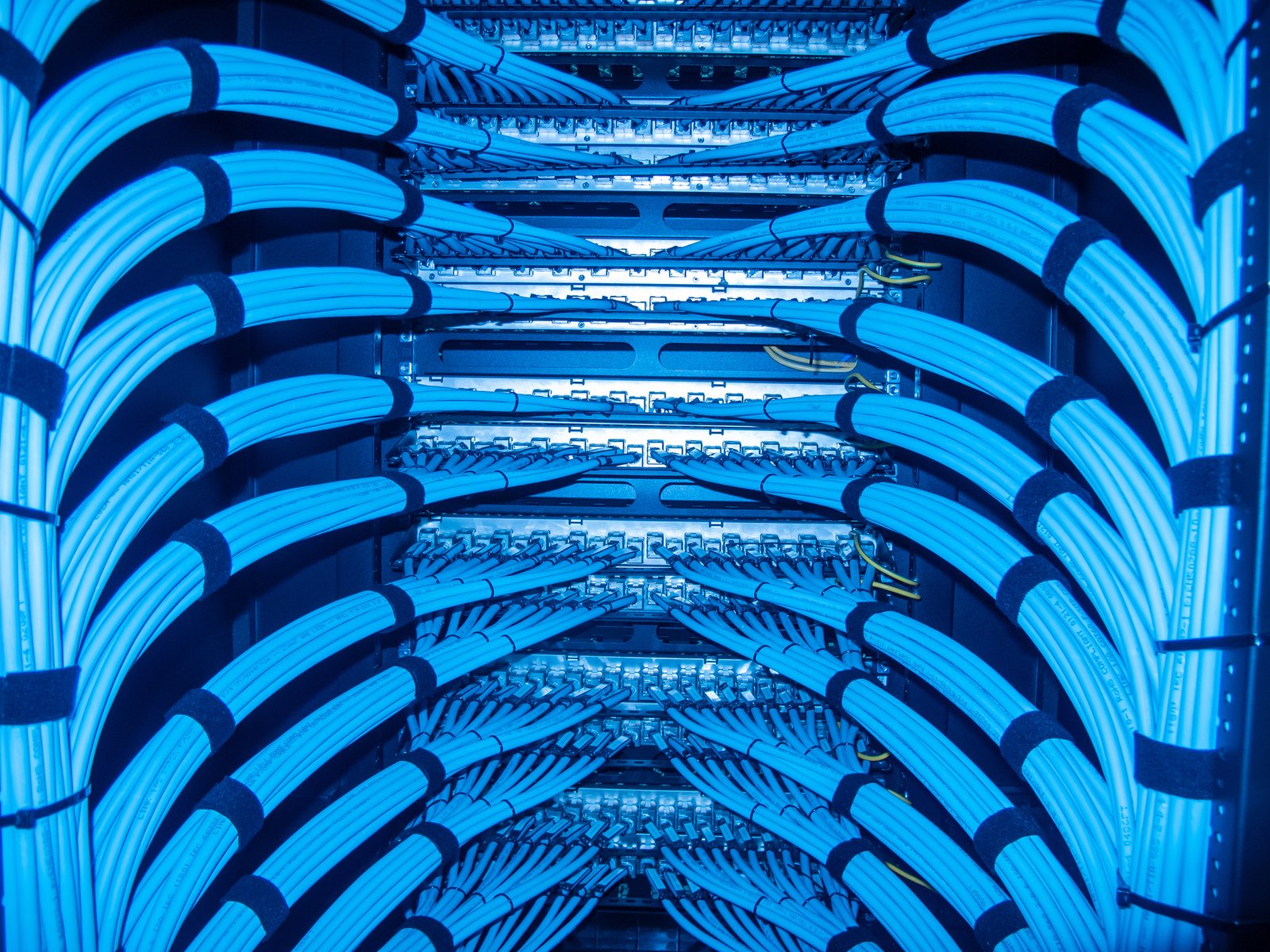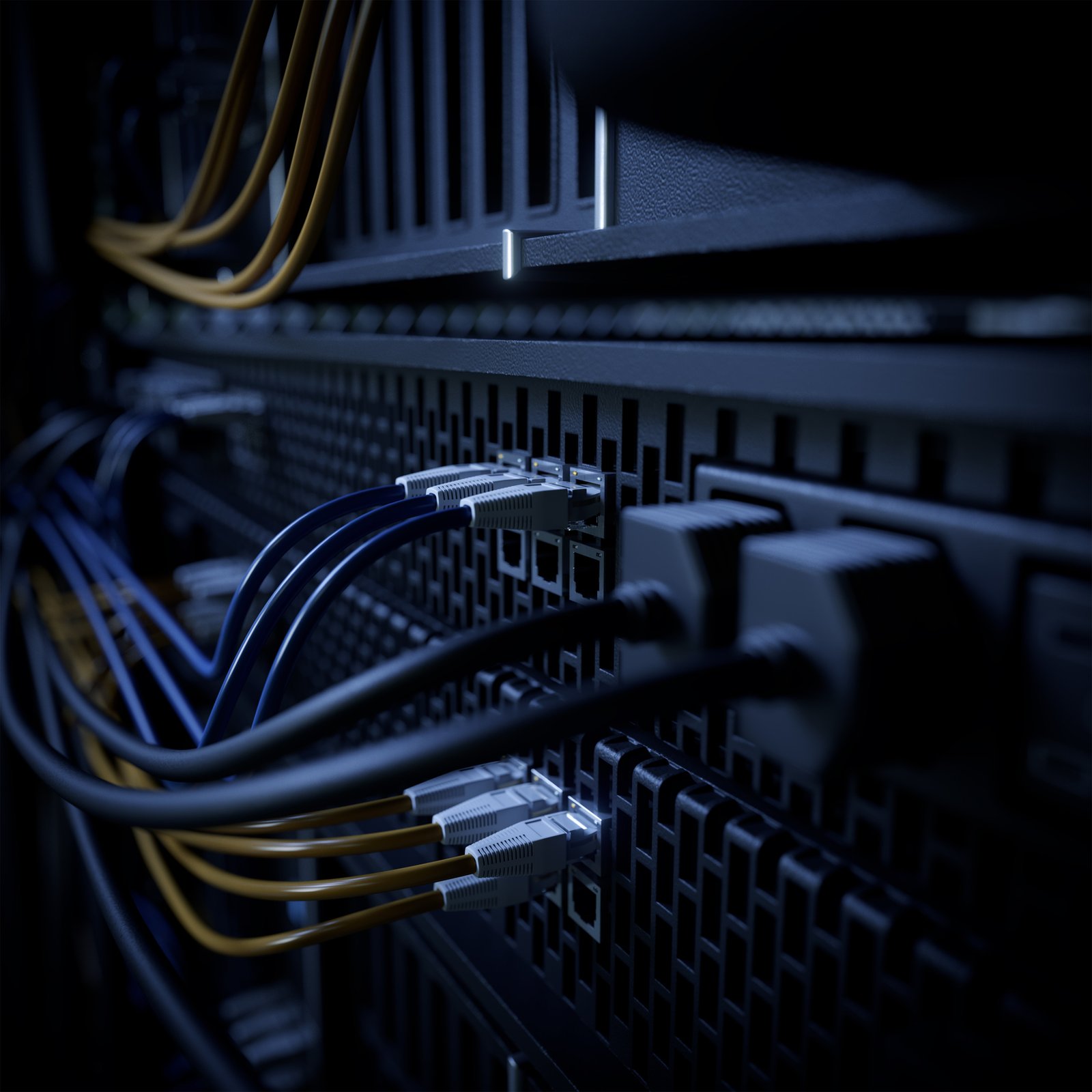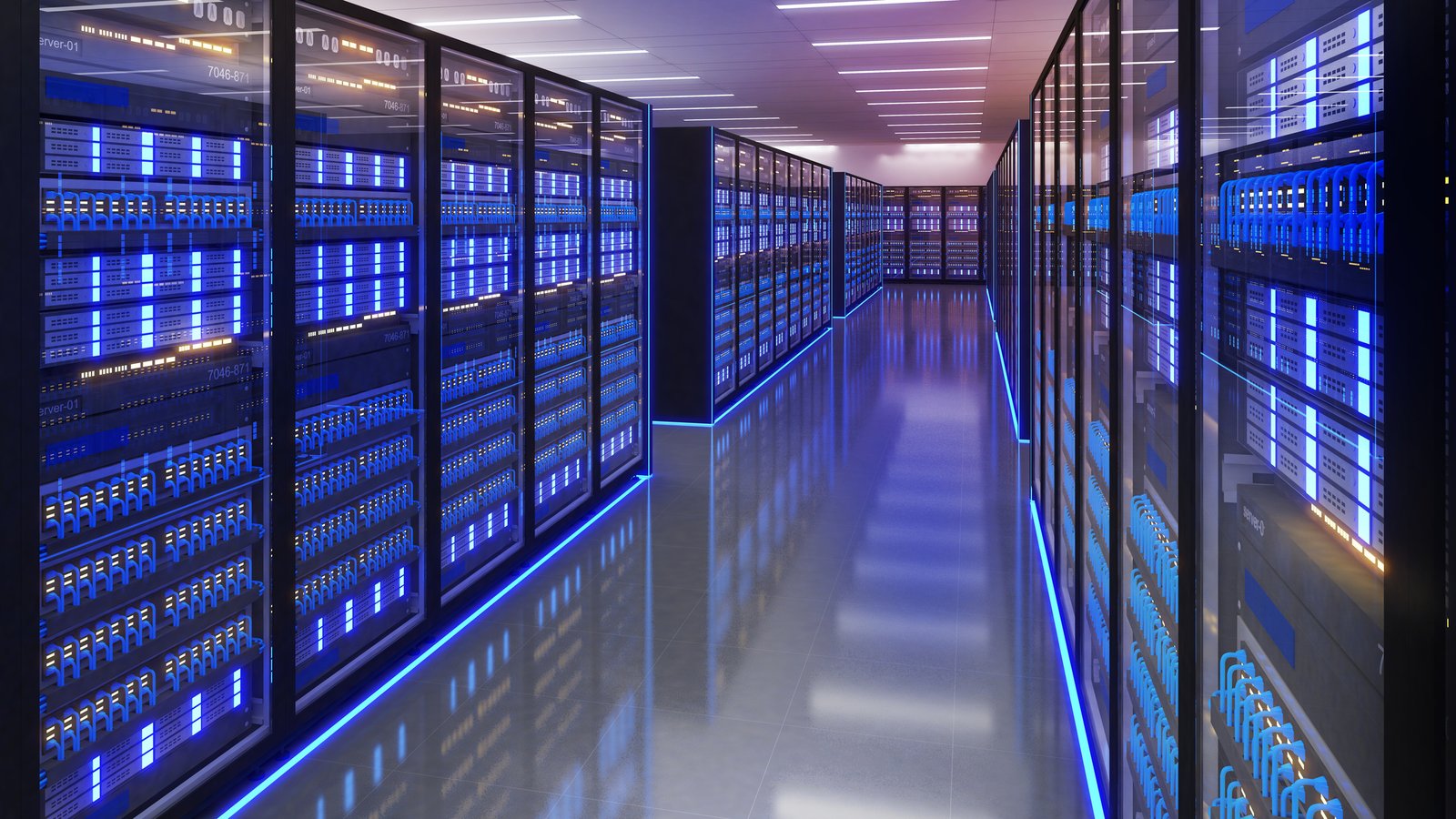The backbone of today’s high-speed internet is based on fiber optic cables which can deliver greater bandwidth at faster speeds over longer distances than traditional copper cables.
Fiber optic cables deliver information via light particles along stands of glass as thin as a human hair. These strands grouped together become fiber optic cables. Not only are these fiber optic cables incredibly fast -- data can be transmitted at almost 70 percent the speed of light! -- but they suffer less signal degradation or power loss than Cat5 or Cat6 cables.
Of course, there will always be some power loss or strength of signal loss (as measured in decibels) along a fiber optic cable link between transmitter and receiver. Measuring this degradation of light over the length of the link, span or point to point is called “link loss”.
Why We Care About Link Loss
Understanding the link loss in fiber optic cable networks is important as performance can suffer if the link loss is too great. Comprehending fiber optic cable link loss makes it easier to design, install and maintain extended reach networks. Once you know your link loss, you can safely run pieces of fiber before running out of signal strength at the receiving end.
Link Loss Terms of Engagement
To understand link loss, we need to dive into terms such as link budget, link loss budget and link budget buffer.
- Link Budget: Also called the power budget is the amount of loss a fiber optic link can tolerate to operate properly. The link budget can have a maximum and minimum as the transmitted signal must fall in a range between being strong enough to be detected and not so strong as to overwhelm the receiver.
- Link Loss Budget: Is the amount of loss a fiber optic installation should have. The link loss budget is calculated by adding up the losses from all components in a link including the distance of the fiber connection, and the number of splices and connections, which all can contribute to link loss.
- Link Loss Buffer: The difference between the Link Budget and Link Loss Budget is the Link Loss Buffer. With a margin of error of 3dB in a fiber optic link, a link loss buffer should not be too small.
Other terms we might use when talking about link loss, include:
- Launch Power: This is the amount of energy of light as it leaves the transmitter end of the link as measured in decibels.
- Receive Sensitivity: This is the minimum energy for the receiver end to detect a fiber optic incoming signal as measured in decibels.
- Receive Saturation: This is the maximum power that a receiver can handle before data errors are created as measured in decibels.
Measuring Link Loss
When measuring link loss, the fiber optic light power is measured before the connection and after the connection to determine a value of loss in total decibels or decibels per km. Even though, technically, the loss is a negative number, most link loss readings are translated as positive numbers such as a link loss of -3.5 dB is called 3.5 dB link loss.
Link loss varies widely by network type with FTTH (Fiber to the Home) or the local network usually accounting for the bulk of link loss compared to long haul and metro networks. To determine the link loss budget in a fiber optic cable run between two buildings, for example, we would need to examine maximum attenuation, or power loss, of the following variables as allowed by Telecommunications Industry Association (TIA)/Electronic Industries Alliance (EIA) standards laid out in TIA/EIA-568:
- Length and type of cable run: TIA/EIA-568 allows for the following link loss per km for different types of cable such as 50/125 and 62.5/125 micron multimode (3.5 dB); singlemode inside plant cable (1.0 dB); and single mode outside plant cable (0.5 dB).
- Connector loss: A maximum of 0.75 dB link loss per connection.
- Splice loss: A maximum of 0.3 dB link loss per splice.
There could be other factors, such as cable bends, adding to link loss, but the cable, connector and splice losses are the main types. If you have a fiber optic run of single mode outside plant cable of 2 km with one splice and two connections, then your link loss budget would be: 1.0 dB (cable loss 0.5 x 2) + 0.3 dB (one splice) + 1.5 dB (two connections) for a total of 2.8 dB.
In this example, if the transmit power was -5 and the receiver sensitivity was -15 then the link budget would be 10 dB and the 2.8 dB link loss budget would provide a healthy link loss buffer of 7.2 dB (10 dB minus 2.8 dB), well within the 3 dB margin of error. The Fiber Optic Association has an online Loss Budget calculator that is helpful.
Contact DCS today to learn how our “true structured cabling” solutions reduce the number of connection points and reduce link loss, helping your data center meet the demands of today and tomorrow.










